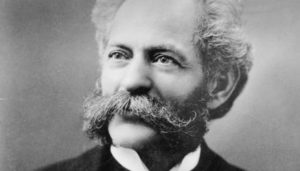Born in 1985, Blake Ross was the son of a psychologist and lawyer. He had a great upbringing and took an interest in software development. He continued down this road and graduated from Stanford in 2003. He completed his first project which was a website at the young age of 10 and continued on to create small video games. Blake started working for Mozilla after college and had the idea of making a user-friendly web browser. He began working on this idea with a co-worker, and they released the first version in 2004 which was called Firefox. Firefox grew quickly, with users loving how easy it was to use and surpassed 100 million downloads.
The driving force behind Firefox was Ross’s mother becoming frustrated with Internet Explorer and wanting something easier to use. Ross took this to heart and eventually granted his mother’s wish.
At it’s peak, Firefox was used by 33% of Internet users, behind Chrome and Internet Explorer. It continues to be used but only by about 9% present day. It is so cool to see a young man see a small issue his mother has, and take it upon himself to solve it.


